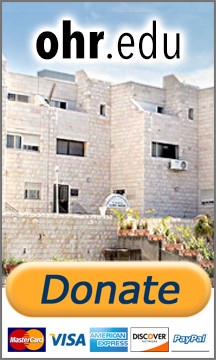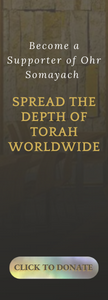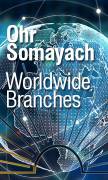Parshat Shemini
Overview
On the eighth day of the dedication of the Mishkan, Aharon, his sons, and the entire nation bring various korbanot (offerings) as commanded by Moshe. Aharon and Moshe bless the nation.
Insights
Chant of Love
"Aharon raised his hands toward the people and blessed them" (9:22)
One of the most awe-inspiring experiences is the “Birkat Kohanim”, when thousands of kohanim bless the many thousands of people at the Western Wall in Jerusalem during the Festivals.
Most of the time, prayer at the Wall is a segmented affair. This group starts as that one finishes, while yet another group is somewhere in the middle.
Apart from the daily moments of silence at sunrise when everyone begins together the Silent Prayer of eighteen blessings, I can think of no other time when the whole of the Kotel is as unified as it is by Birkat Kohanim.
The haunting chant of the Kohanic blessing evokes deep and powerful feelings in the heart of every Jew, however religious he may be. It is a chant that echoes down the years. It is a living witness to the unbroken chain of Jewish tradition that links us to Sinai.
The first appearance of that chant is in this week’s Torah portion. Aharon completed his first day of service in the Sanctuary and he then blessed the people with great joy. Such was his desire to bless the people that
The word for blessing in Hebrew, beracha, is connected to bereicha, which means a "pool." Blessing is an overflowing pool that enriches and fills our lives.
In the time of the Holy Temple, when the kohanim would bless the people, they would raise their hands over their heads and make a space between the third and fourth fingers of hands. When they recited the blessings using the ineffable Name of
But perhaps we could also understand a different symbolism behind the covering of the hands of the kohen.
Our Sages teach us that blessing only descends on things that are hidden from the eye; that the eye doesn’t see. For example, a farmer who starts to weigh his grain may pray that his crop will be large, but if he has already weighed it he may no longer make such a request — for the size of the crop is already revealed to the eye. When the kohanim cover their hands they symbolize this idea that blessing descends only on that which is hidden from the eye.
- Sources: Talmud Bava Metzia 42a, Mishna Berura 128:98







